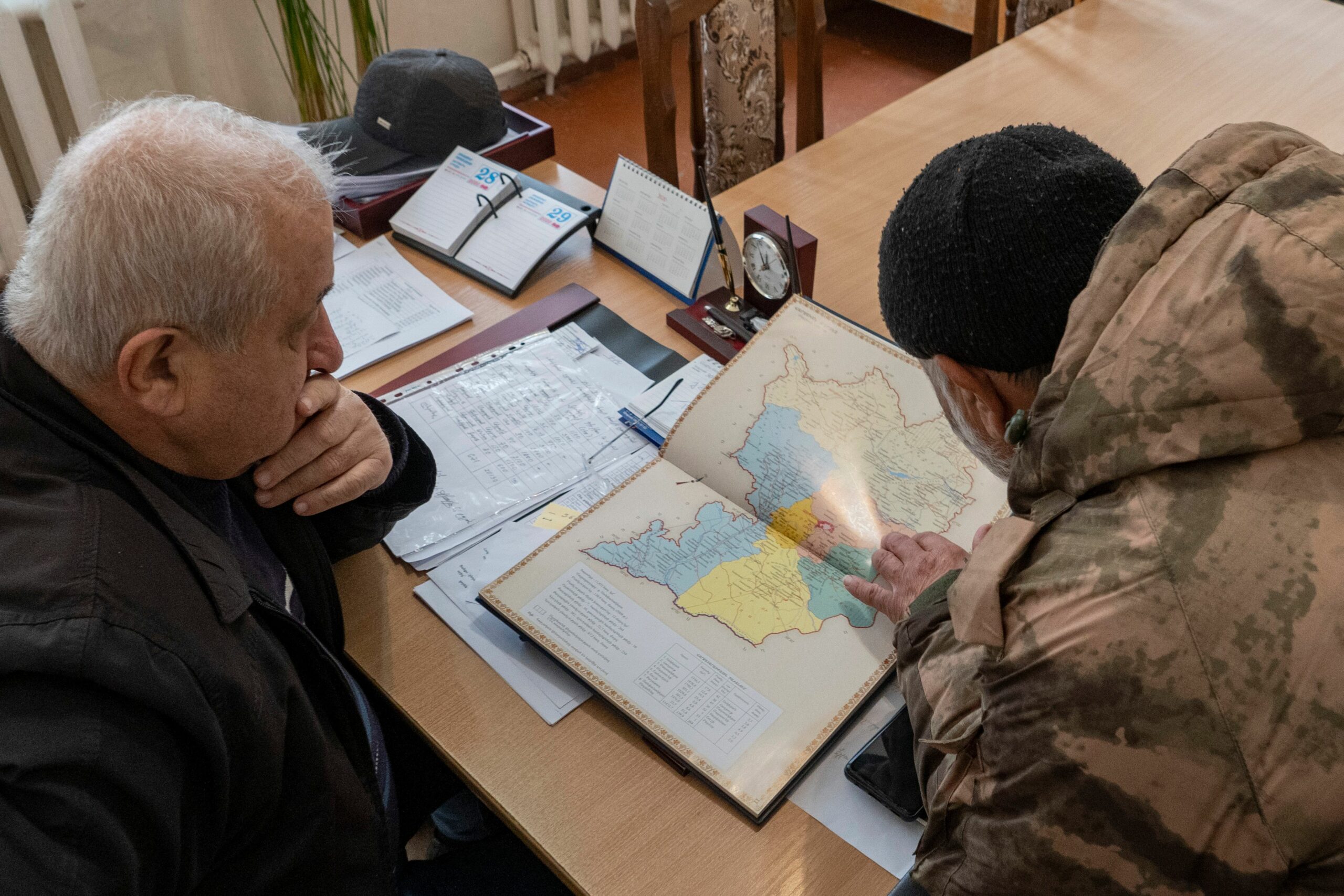The conflict between Armenia and Azerbaijan has returned to an actively hostile phase.
This assessment was issued to clients of Dragonfly’s Security Intelligence & Analysis Service (SIAS) on 24 August 2021.
There has been a series of deadly shootouts along several stretches of the border in recent weeks. But neither Armenia nor Azerbaijan seems intent on mounting a major assault against the other for now, with both presidents issuing unusually conciliatory statements.
That said, the proximity of forces on the ground, and Azerbaijan’s confidence following its territorial gains in November, make another bout of open warfare likely in the long term. As was the case in November, hostilities would be likely to start at short notice with both sides spreading false information about the scale and trajectory of the fighting. And again, businesses with staff and assets in either Yerevan or Baku would almost certainly need to reactivate crisis plans, with a view to evacuating amid airspace closures.
The latest bout of fighting, while still contained, is the worst since November. There have been at least 23 confrontations between the separate border forces since July. The real number is probably higher since this is based on what the authorities on both sides have reported. But it seems that the deployment of Russian peacekeepers to Nagorno-Karabakh in January has had the desired effect; all attacks have taken place outside of that disputed region.
It is not entirely clear why these skirmishes are taking place now. But Baku seems intent on keeping military pressure on Armenia to force it to implement the terms of its surrender. This is particularly around a transit corridor through Armenian territory linking Azerbaijan to its Nakhchivan exclave. There was little progress on this after the conflict because of a political crisis that gripped Armenia. But the prime minister, who was the original signatory to the deal, has since won a new mandate.
Further skirmishes are highly likely in the near term amid such continued progress on the surrender terms. But we doubt that Azerbaijan would instigate another major bout of fighting to accelerate the process. This is not least because doing so would very probably have the opposite effect, and attract unwanted Western attention. For its part, Armenia almost certainly lacks the political will – and the military capability – to engage in another round of open warfare so soon after its losses in November.
We still assess that a resumption of conflict between Armenia and Azerbaijan of the scale in November is likely in the long term. Azerbaijan retains its near-total battlefield supremacy over Armenia due to its use of Turkish-made UAVs. And retaking territory that Azerbaijan considers its own has proven highly popular at home. In particular, any attempt by Yerevan to renege on the terms of its surrender would probably motivate Azerbaijan to take territory by force again.
Azerbaijan invading Armenia proper – as would be necessary for it to establish a transit route to its territory in Nakhchivan – would again raise the prospect of Russia being dragged into a conflict it seems to want no part in. Its peacekeepers have effectively frozen the current de facto borders in Nagorno-Karabakh. But any threat to the Russian airbase of Gyumri in northern Armenia amid an Azerbaijani assault would be highly likely to prompt Moscow to deploy more peacekeeping forces to keep two ostensible allies apart.
Image: Armenian Vardges Harutyunyan (R), former deputy police chief of Askeran district, and Arvid Gulyan, Deputy head of Askeran district for agriculture, look at the map of Nagorno-Karabakh. Credits: Andrey Borodulin/AFP via Getty Images.




